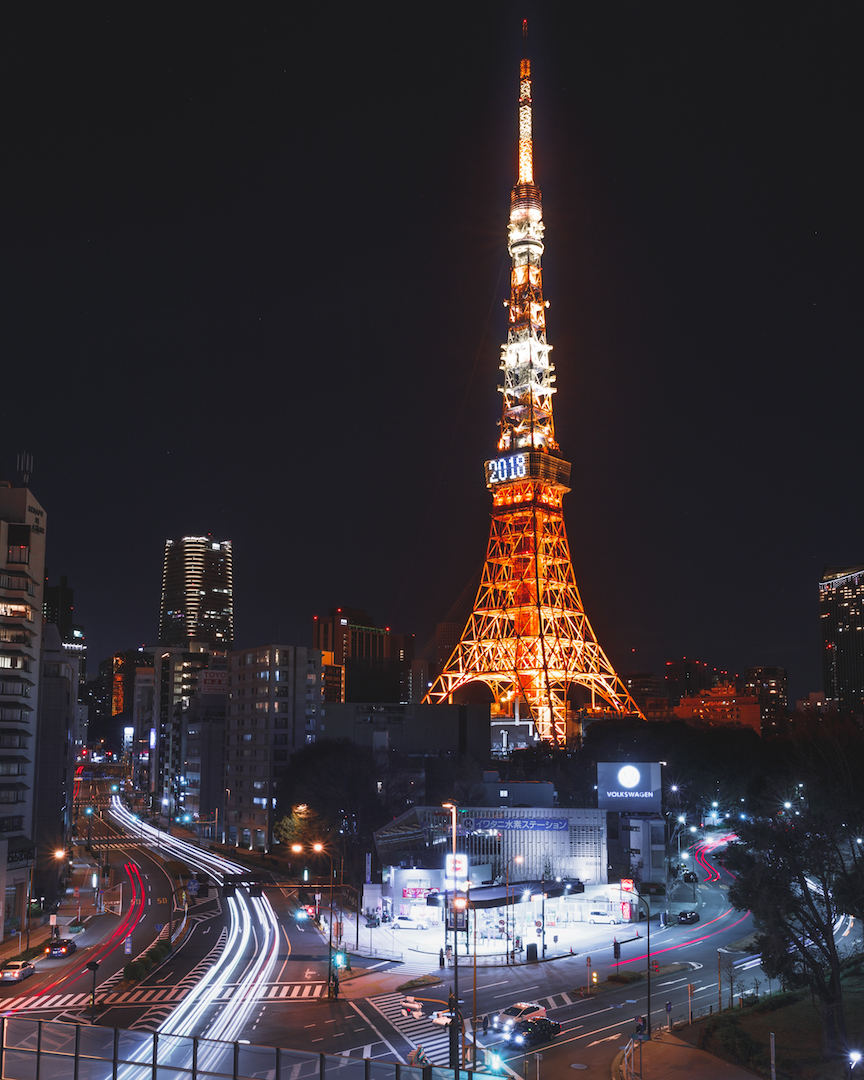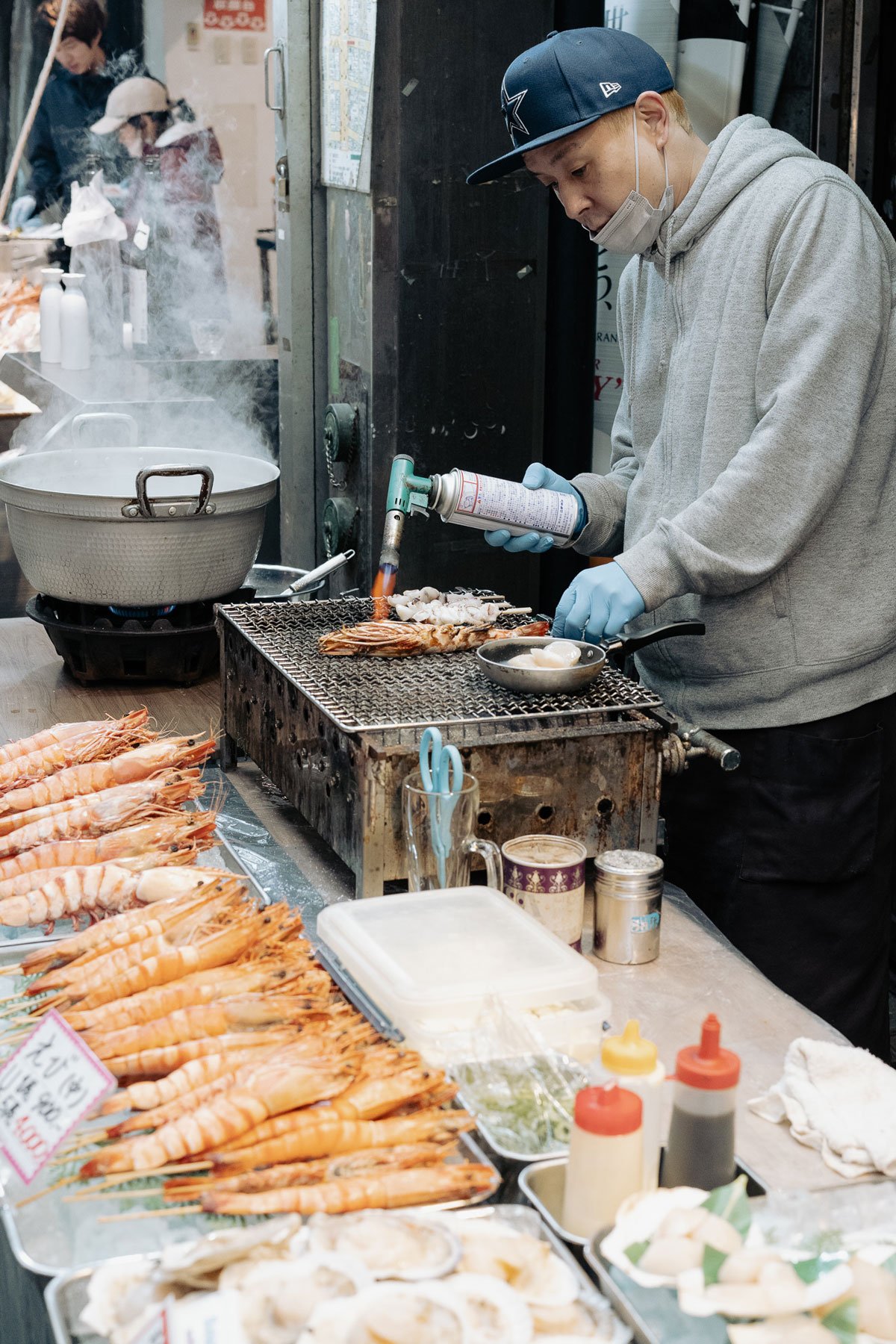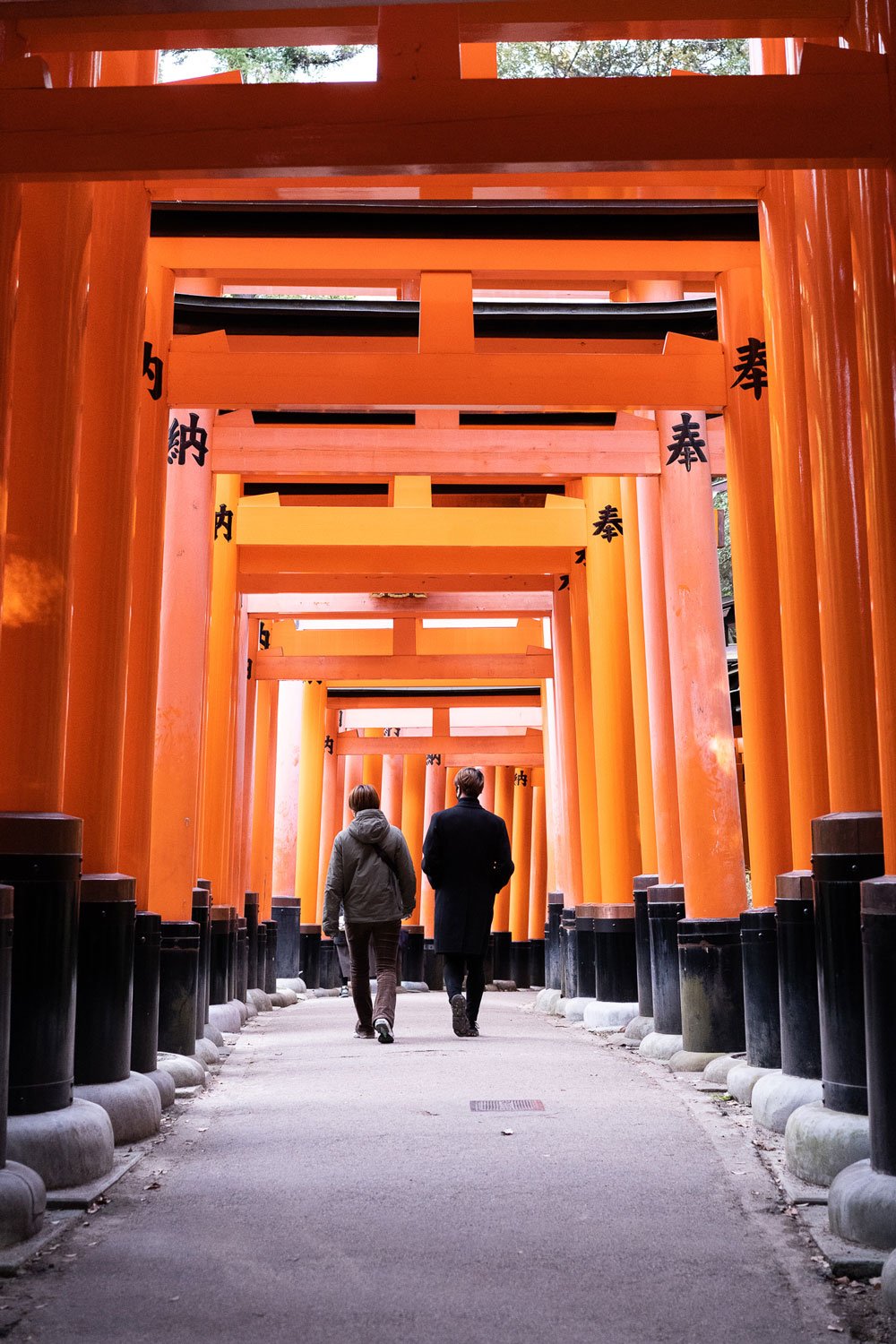TRAVEL SERIES || New Year's in Tokyo

Our vision is to take you on day trips to cities around the world. Featuring the best local hangouts so you can experience life like a local on your adventures. Join us in experiencing New Year’s Day in Tokyo, to see a different side of this bustling international city.
Contrary to expectations for an international city like Tokyo to host celebrations well into the wee hours of the evening on New Year’s Eve and continuing into New Year’s Day, most people usually leave the bustling hub of Tokyo to return to their homes in the suburbs and/or other cities to enjoy the New Year’s break, deserting the city center in exchange for precious family time.
Most stores are closed for multiple days and even up to a week after New Year’s Day, so another key thing to note is to prepare for store closures if you are visiting during this period. So, what is there to do if your visit happens to overlap New Year’s Day in Tokyo?
Many shops had a sign up stating they are taking a few days off to celebrate the new year. This shop sign states they will reopen on the 5th of January.
Despite a quieter day, the Nakano train station still saw quite a bit of foot traffic.
NAKANO SHOPPING STREET || Local Eats
As we discussed where we should go for lunch, we realized that many neighborhoods in Japan have a shopping street nearby the train station, and so we decided to try our luck to see what would be open on New Year’s Day in Nakano. For the duration of our Tokyo trip, we stayed near Nakano train station, which is just one station away from Shinjuku.
Previous years when I was in Tokyo for New Year’s Day, most, if not all, shops were closed, but it has been a few years since my last visit, and this time, while there were still plenty of closed signs declaring the celebration of the new year, eateries were promoting how they were open throughout the new year period and even had takeout available.
We discovered two different shops that stopped us in our tracks, the first was a small dessert shop just outside the train station exit, with circular crepe-like treats with a variety of fillings like sweet potato, custard, red bean and more.
Small shop serving up tasty sweet treats at Nakano train station.
Tasty handmade treats right across from the train station exit.
For those who love their red bean treats, we recommend grabbing one of these tasty, hot treats.
After wandering down a good part of the street, we discovered a ‘kaiten sushi’ shop, where chefs prepare fresh sushi for the rotating sushi bar, and guests can easily pick whatever they wish to eat off of the rotating dishes.
Here, you can enjoy extremely reasonable prices for delicious, fresh sushi. It so happened that while we were visiting, it was ‘hon-maguro’ (aka bluefin tuna) season, and you can enjoy one dish with three varieties of toro (maguro, chu-toro, and o-otoro); the difference between the three choices is the level of fattiness of the fish. For those who love oily, fatty fish, the o-otoro will taste like heaven. Chu-toro is a great blend of bluefin tuna flavour and fat, still providing a melt-in-your-mouth tasting experience. One plate with theses three nigiri costs 590 yen, which is roughly $5.35 USD. For those who have had bluefin tuna in North America, you will know that these are stunning prices to enjoy these premium delicacies. This is why we highly recommend you coming by this kaiten sushi location!
Craving something other than bluefin tuna? You are able to order directly with the chef - whether it’s aburi salmon nigiri, ama-ebi (sweet shrimp), or another craving, we guaranteed you will leave satisfied!
Bluefin tuna trio for only 590 yen!
MOCHITSUKI || A New Year’s Day Tradition
We had our minds set on observing traditional Mochitsuki (making of the traditional rice cake), and luckily for us, as we were wandering through the residential streets of Nakano, we chanced upon a small, family-run wine bar that was welcoming friends and family to take part in their Mochitsuki ceremony.
This annual tradition takes place during the new year because the word ‘mochi’ in Japanese sounds similar to the words ‘to have’ and ‘to hold’, so the belief is that if you eat mochi during the new year, it helps you gain/capture good fortune for the coming year.
Mochitsuki takes quite a bit of preparation, where the rice is rinsed and left to soak overnight, and then steamed in the morning before being placed into a large bowl-shaped vessel made of wood, stone or concrete (the one we saw was made out of concrete).
Below you can see the steps of Mochitsuki, where the prepared rice is unwrapped into the large basin, and the process requires at least two helpers to knead the rice to prepare it for rice pounding. Yes - making mochi is, in essence, pounding the rice repeatedly with a wooden mallet; one helper continually folds the sticky rice in between each pounding of the mallet.
What was interesting to us was that the parents in attendance often held the hands of their little ones to have them pound the rice, likely because they want to welcome good fortune for their kids in the new year.
Prepared rice for mochitsuki is unwrapped into the ‘usu’.
Two helpers prepare and knead the rice prior to rice pounding.
You can check ahead of time to see which places are hosting mochitsuki events, since hotels, shopping centres and festivals may host mochitsuki events during the new year time period. Since this is a happy and festive gathering, the more the merrier!
MEIJI-JINGU || A Family Destination for New Year’s Day
1-1 Yoyogikamizonocho, Shibuya City, Tokyo 151-8557, Japan
If you plan on visiting the infamous Meiji Jingu on New Year’s Day, we urge you to visit early, not that it will help you avoid the crowds, but at the very least you may finish your visit earlier in the day. We made our trip to Meiji Jingu following the mochitsuki ceremony, arriving at 2:30 PM in the afternoon.
Food vendors lined the street walking up to the shrine, and if you arrive on an empty stomach, be prepared to salivate! Delicious pork belly skewers, sausages, takoyaki aromas waft up and down the street, making it hard to resist joining the lengthy lineup for a treat.
Food vendors line the street walking up to the shrine. Line ups are long, so if you want to snack, save it for after your visit to the shrine.
Who can resist piping hot freshly-made takoyaki?
Past the food vendors and the towering arch marking the path to the shrine, we strolled at a leisurely pace towards the shrine, totally unaware of the massive crowds paused just a few hundred meters down the path.
To our surprise, we came upon an enormous crowd all hoping to enter the shrine to wish for their good fortunes for the coming year. Foot traffic slowed to a crawl, and to manage the crowds in an orderly fashion, there were staffers whose job was to hold up signs indicating when the crowd could slowly march forward.
In such a fashion, we advanced foot by foot. It took approximately half an hour for us to arrive at the main gate, and as we neared the shrine, we saw that the entire front of the shrine was covered using a net, where visitors can make wishes and toss coins into the giant net. Following this, visitors were ushered either to the left or right of the shrine and if you want to enter the shrine, it will cost 10,000 yen per family to enter.
If you do not wish to enter, you can advance to area where you could purchase “Omamori” amulets for a variety of purposes (health, wealth, etc.)
By the time we had completed our visit, it was already 4:30 PM, which is the usual closing time for the Meiji Jingu. As we made our way back to the train station, the food vendors still had lengthy lineups, and though we only managed to fit in a few activities on New Year’s Day, we rejoiced that we were able to participate in an intimate mochitsuki event with families in the neighborhood, and also experience the crowds at the shrine on New Year’s Day.
Omikuji (fortune-telling paper strips) seen at the shrine.
You should cleanse your hands before entering the shrine, as shown in the picture above where we washed our hands with water using the wooden ladle.
Photography by Florence Leung








